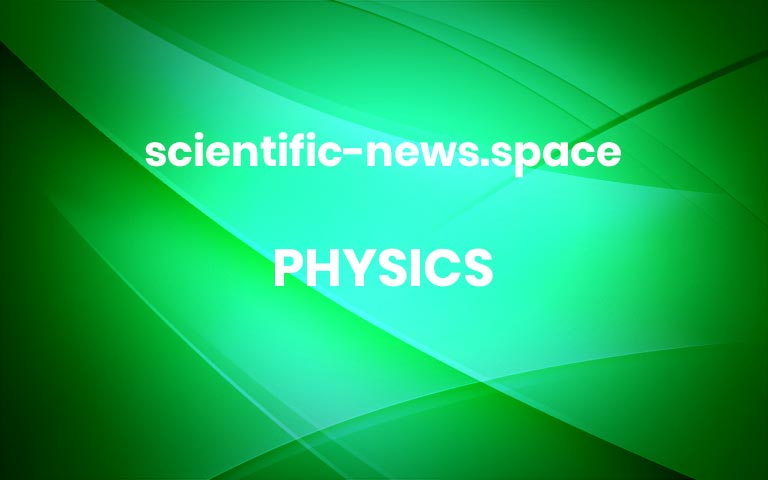How materials science has changed humankind — for better and worse
The Alchemy of UsAinissa RamirezMIT Press, $27.95 Humans have continually wielded materials, from steel to silicon, in new ways to send technology leaping forward. But those technologies have unintentionally molded our bodies and society, materials scientist and science writer Ainissa Ramirez argues in The Alchemy of Us. Increasingly precise clocks — based on steel springs and then […] More




